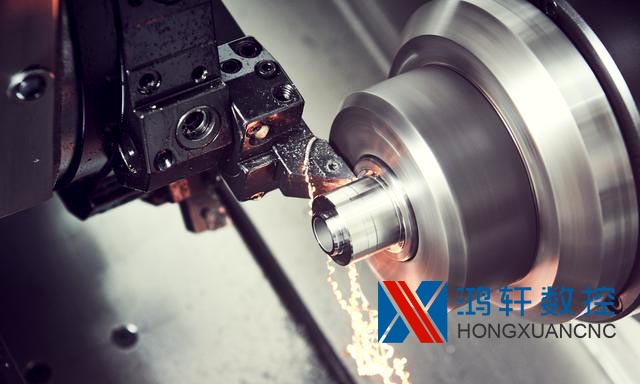Let us first look at the causes of the wear of the milling cutter.
The factors are more complex, but they can be broadly or largely divided into two categories:

1) Mechanical wear
The wear caused by the friction between the chip and the rake face of the tool, the elastic deformation of the machined surface and the sharp flank of the tool is called mechanical wear.
Mechanical scratches caused by such friction are the main cause of tool wear when the cutting temperature is not too high.
2) Thermal wear
At the time of cutting, due to the severe plastic deformation of the metal and the heat of cutting generated by the friction, the hardness of the blade is lowered to lose the wear caused by the cutting performance, which is called thermal wear.
When the blade is worn out, how should we judge whether it is wearing? Let's take a look at the method of judging tool wear.
1. In the first process, it is judged whether it is worn or not. It is mainly in the cutting process, listening to the sound, and the tool sound is not normally cut during the sudden machining. Of course, this requires experience accumulation.
2, look at the processing, if the processing process, the intermittent random Mars, indicating that the tool has worn, can be changed according to the average life of the tool.
3, look at the iron filings color, the iron filings color changes, indicating that the processing temperature has changed, may be the tool wear.
4, look at the shape of iron filings, sawing teeth on both sides of the iron filings, iron filings are not properly curled, iron filings become more fine, obviously not the normal cutting out feeling, prove that the tool has worn.
5, look at the surface of the workpiece, there are bright traces, but the roughness and size have not changed a lot, this is actually the tool has worn.
6. Listening to the sound, the processing vibration is intensified, and abnormal noise will occur when the tool is not fast. At this time, pay attention to avoid "slashing the knife" and cause the workpiece to be scrapped.
7. Observe the machine load. If there is a significant incremental change, the tool may have worn out.
8. When the tool is cut out, the workpiece is severely damaged, the roughness is reduced, the workpiece size is changed, and so on.
In short, eye, ear, hand touch, as long as you can sum up a point can determine whether the tool is worn.
According to our many years of production and processing experience, in general, milling cutters have 8 common forms of wear:
Cutting edge wear
Improvement method: Our Hongxuan CNC method is to increase the feed rate; reduce the cutting speed; use a more wear-resistant blade material; use a coated blade.
Break up
Improvements: use a material with better toughness; use a blade that is edged to strengthen; check the rigidity of the process system; increase the lead angle.
3. Thermal deformation
Improvements: Reduce cutting speed; reduce feed; reduce depth of cut; use a more thermodynamic material.
4. Breaking at the depth of cut
Improvement method: change the main declination; the edge is strengthened; replace the blade material.
5. Hot crack
Improved method: use coolant properly; reduce cutting speed; reduce feed; use coated blades.
6. Scum
Improved method: increase cutting speed; increase feed; use coated blades or cermet blades; use coolant; make the cutting edge sharper.
7. Crescent gum wear
Improvements: reduce cutting speed; reduce feed; use coated or cermet inserts; use coolant.
8. Break
Improved method: use a material or groove with better toughness; reduce feed; reduce depth of cut; check the rigidity of the process system.
Note: The blade edge should normally be replaced when the flank wear is 0.7 mm; the maximum wear during finishing is 0.04 mm.
The above-mentioned several small experience car milling compound manufacturers have many years of experience in production and processing, hope to bring some help to your processing, help you reduce the production of defective products, improve your processing efficiency and reduce processing costs.



